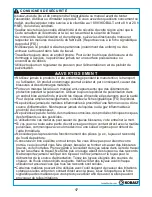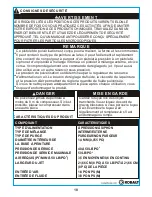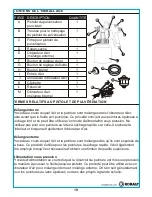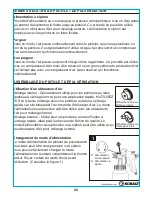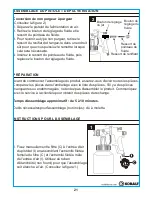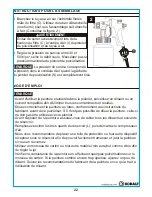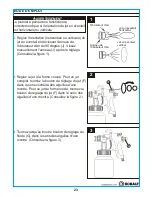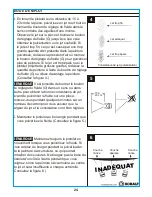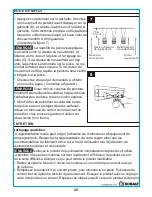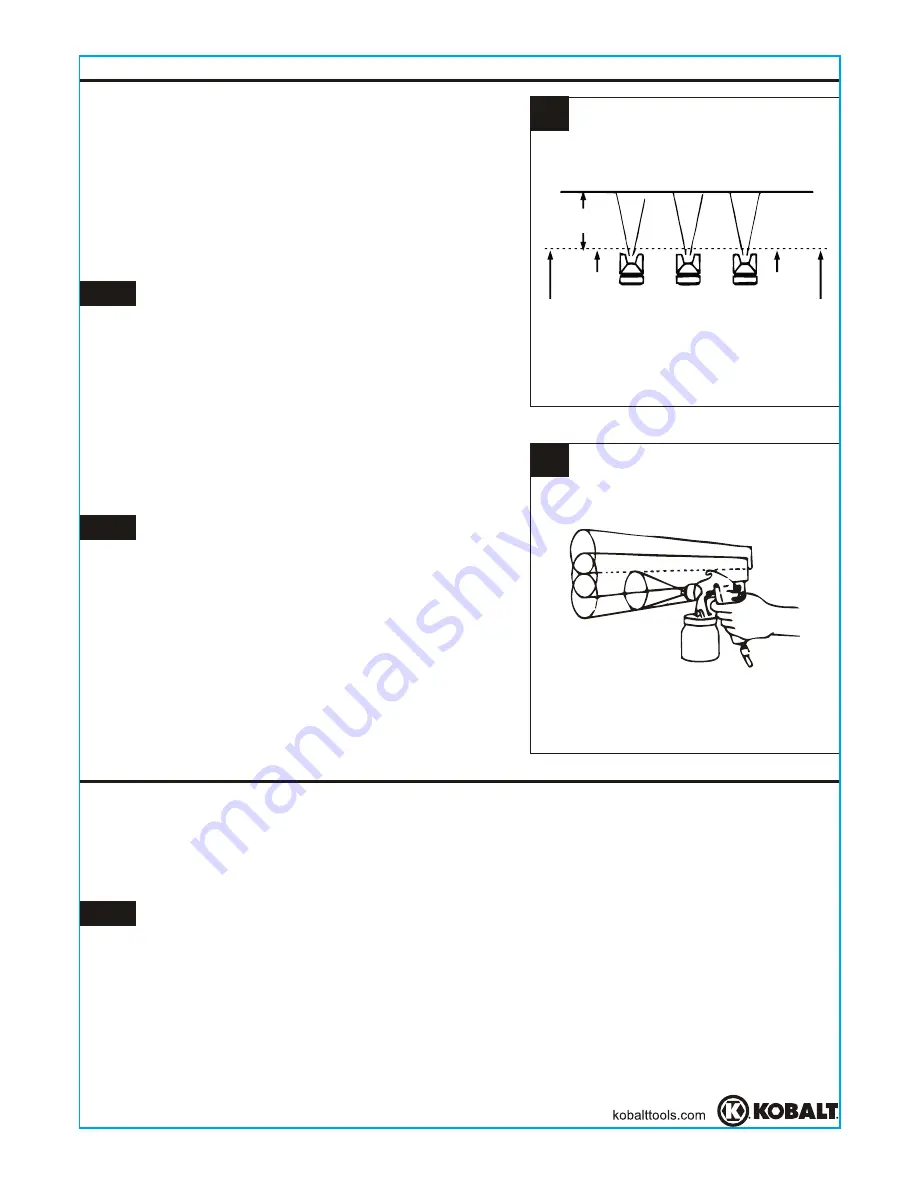
6-9 in.
Pull
Trigger
Start Stroke
Release
Trigger
End Stroke
7
8
6. Trigger the gun properly. Start the gun moving
at the beginning of the stroke before squeezing
the trigger (K) and release the trigger (K) before
stopping gun movement at the end of the stroke.
This procedure will feather/blend each stroke
with the next without showing overlap or
unevenness. (See Figure 7)
OPERATING INSTRUCTIONS
7. Overlap strokes just enough to obtain an even
coat. (See Figure 8)
8. Use a piece of cardboard as a shield to catch
overspray at the edges of workpiece to protect
other surfaces. Use masking tape (D) to cover
other areas if needed.
NOTE
The amount of paint being applied can be
varied by the speed of stroke, distance from
workpiece and adjustment of the fluid control knob
(G). If speed of stroke is too slow, paint will be wet
on workpiece and may run. If speed of stroke is too
fast, paint will be dry and uneven on workpiece.
NOTE
Two thin coats of paint will yield better
spraying results and have less chance of runs than
one heavy layer.
10
CARE AND MAINTENANCE
Local codes may require specific cleaning methods and equipment. Follow local
codes and manufacturer's recommendations for the use and disposal of spray paints
and solvent.
Daily Clean-Up
NOTE
Clean spray gun immediately after use. Paint and other materials dry quickly in
the small passages rendering gun useless due to the difficulty of removing hardened
paint from the passages inside the gun.
1. Remove and empty the canister; then rinse with a solvent recommended for
the paint.
2. Refill canister with clean solvent and attach to the gun. Spray solvent through the
gun while shaking the gun vigorously. Wipe the gun exterior with a solvent-soaked
rag. Repeat until the gun is clean.

















